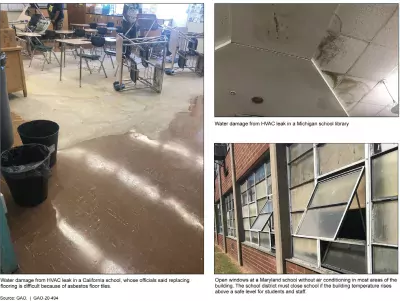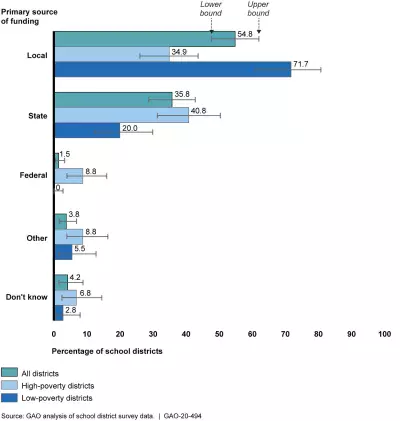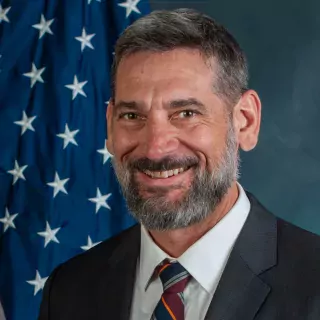The Challenges of Going Back to School
States and local governments are grappling with how to bring K-12 students back to school safely amidst the COVID-19 pandemic—whether in person, virtually, or via a hybrid model. Yet, even before COVID-19, several schools across the country had to close temporarily due to hazardous conditions in their facilities that posed health and safety risks to students, teachers, and staff.
Today’s WatchBlog highlights the issues school districts need to address to make school buildings safe and to support learning as the 2020-2021 school year kicks off.
Poor building conditions
A leaky roof or a heating and cooling system needing repair can cause indoor air quality problems and exposure to mold or asbestos.
In 2019, we surveyed public school districts and found that an estimated 36,000 schools nationwide needed HVAC updates—a key component to ensuring proper ventilation in a school building.
In addition, the potential for lead to leach into water increases the longer the water remains in contact with faucets, pipes, or other plumbing that contains lead materials. Similar concerns exist for legionella—the bacteria that causes Legionnaires’ disease. These are particular concerns for schools that are out of use for extended periods during which water in the plumbing system remains stagnant. The Centers for Disease Control recommends flushing water systems after prolonged building shutdown but we found that nearly 70% of school districts do not have flushing programs in place.
Examples of Issues with Heating, Ventilation, and Air Conditioning (HVAC) Systems in Public Schools
To learn more about our findings on the conditions of school facilities, tune into our podcast with GAO’s K-12 education expert Jackie Nowicki.
High-poverty districts may struggle to fund repairs
The poorest school districts may be least able to afford necessary updates and repairs to their schools. We found significant differences between high-poverty and low-poverty districts in both the funding sources used and the total funds available for school facilities.
Estimated Percentage of School Districts by Primary Source of Funding for Public School Facilities
Based on our analysis of federal data on school district construction expenditures:
- Capital construction expenditures, on average, were about $300 less per student in high-poverty districts compared to low-poverty districts.
- About 1.5 million more students attended school in high-poverty districts than low-poverty districts, yet high-poverty districts spent about $1 billion less on capital construction.
Limited internet access
For school districts opting for virtual instruction this fall, reliable internet access at home will be crucial. In 2019, we found that school-age children in lower-income households may be more likely to rely on mobile wireless service for internet access. For their higher-income counterparts, in-home, fixed, high-speed internet access was more common. Mobile wireless can be less reliable and slower than in-home fixed service, which can make doing homework challenging. These difficulties will also disproportionately affect Black and Brown students, as roughly 80 percent of students attending low-income schools were either Black or Hispanic.
Students from lower-income households sometimes used public places like libraries and community centers to do their homework online—an option that may not be available due to COVID-19 closures and precautions.
The Federal Communications Commission’s (FCC) E-rate program provides discounts on telecommunications and internet access services to schools. Schools with higher percentages of lower-income students get greater discounts, but E-rate support does not extend beyond the school premises. We recommended that the FCC assess and publish the potential benefits, costs, and challenges of making off-premises wireless access eligible for federal E-rate support.
In response to the COVID-19 pandemic, the FCC announced a new initiative—the Keeping Americans Connected Initiative—that, among things, aims to use $16 billion in CARES Act funding to promote remote learning with the Department of Education.
Comments on GAO’s WatchBlog? Contact blog@gao.gov.








